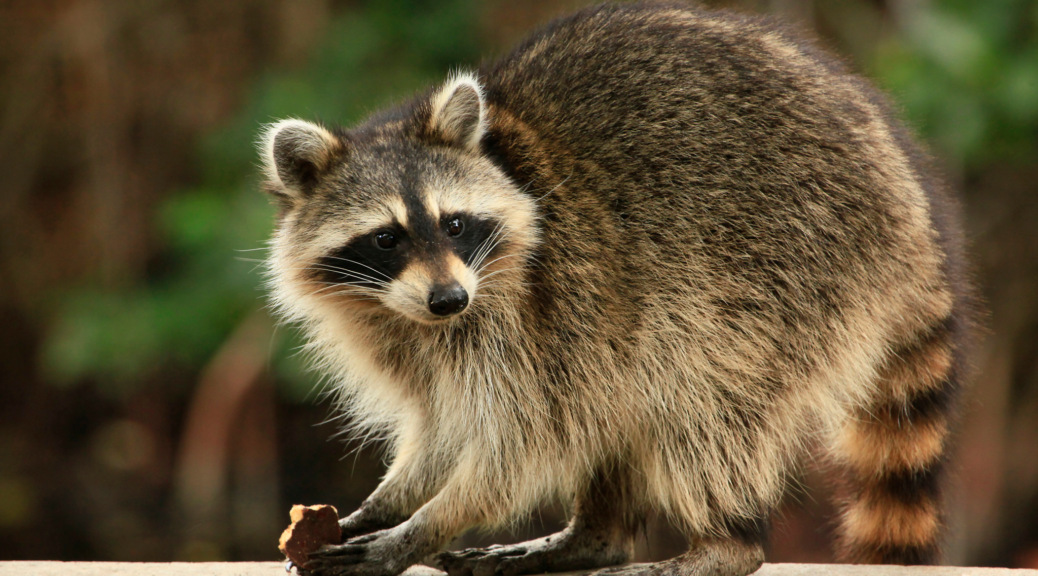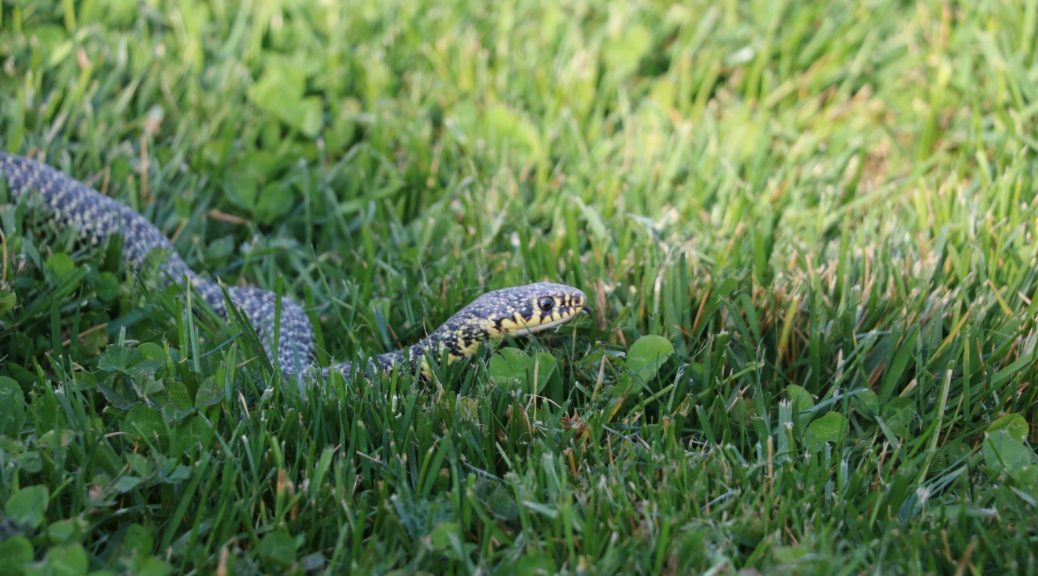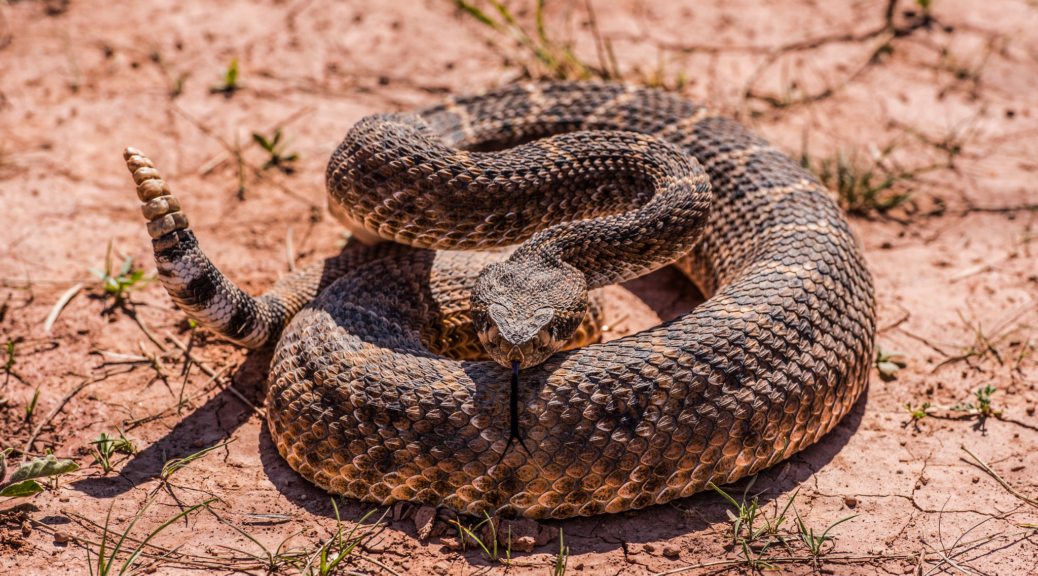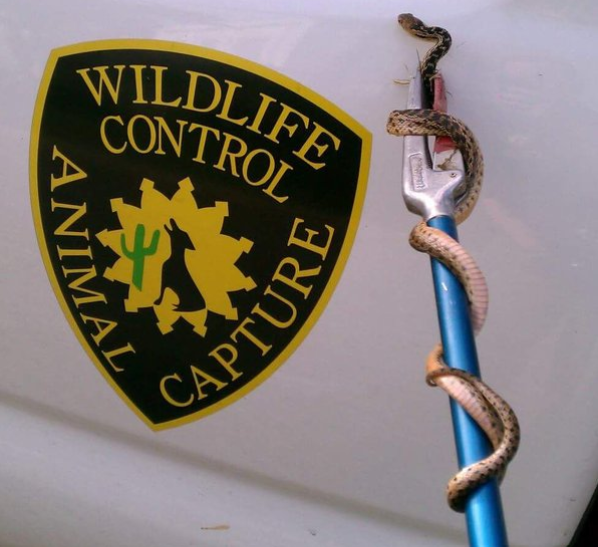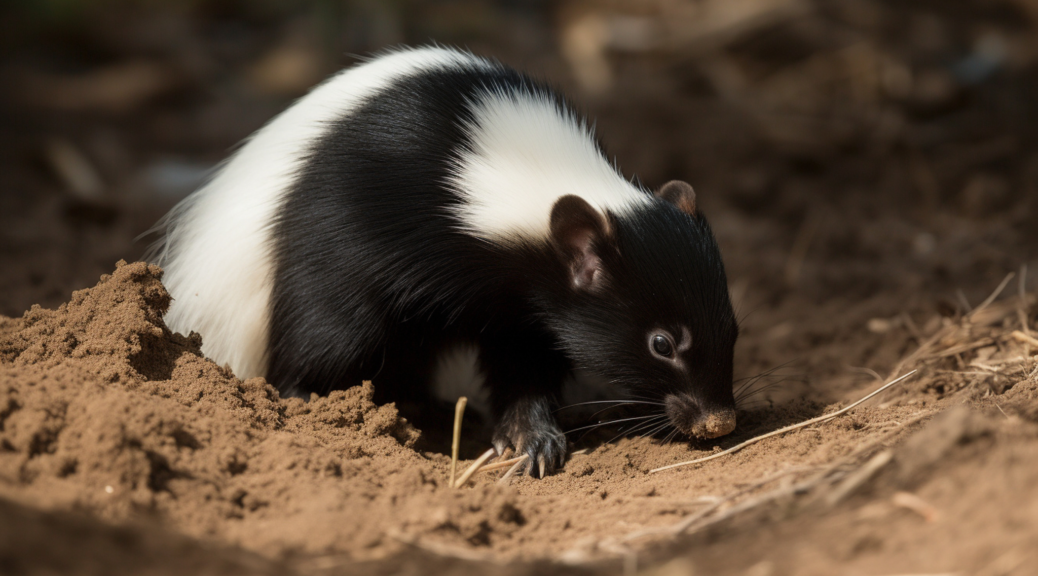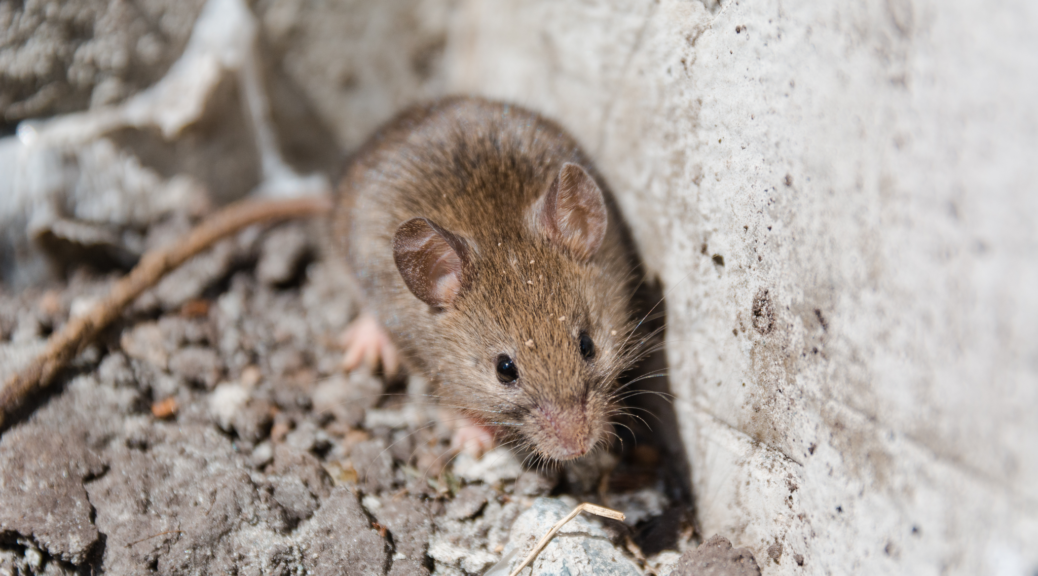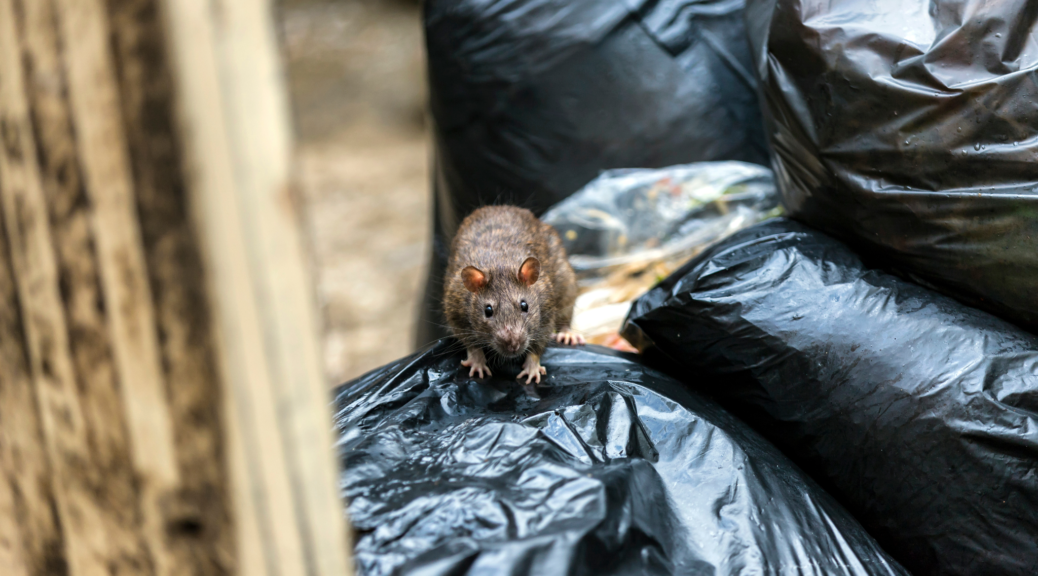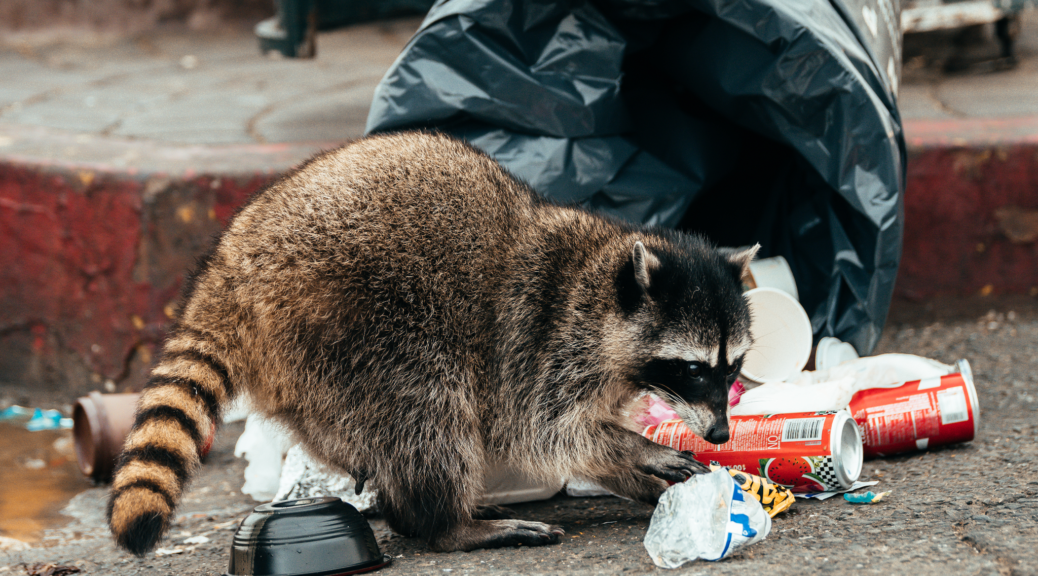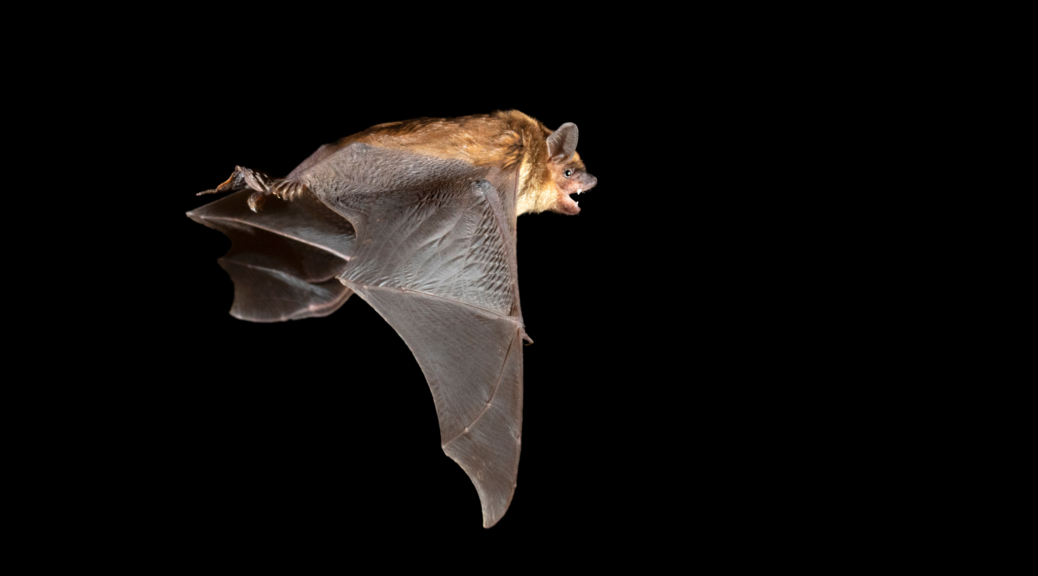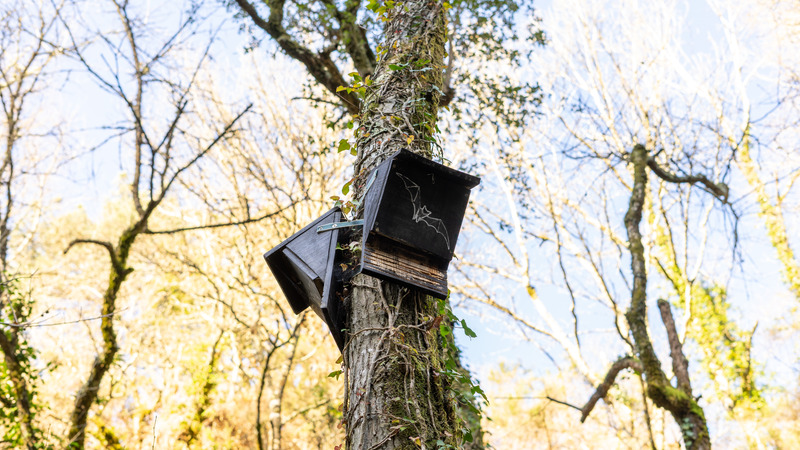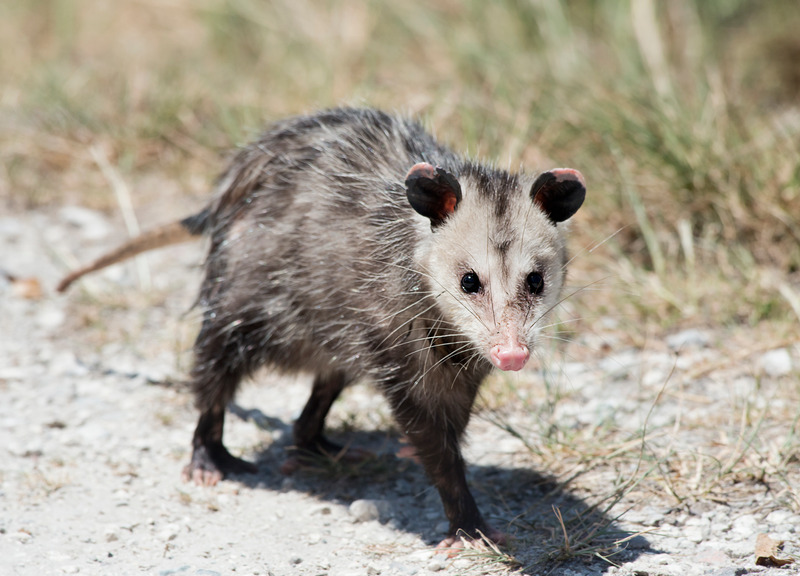Raccoons, with their masked faces and crafty habits, might seem adorable, but these nocturnal creatures can cause havoc in your yard and home. Many homeowners are unaware that raccoons are nocturnal, meaning they are most active at night, searching for food sources and shelter. Having these creatures lurking around at night can be unnerving for many.
As experts in wildlife removal, Animal Capture Wildlife Control understands the problems these animals can pose and offers insight into their behavior. One of the most humane ways to deter these critters is by using scents that raccoons hate. Harnessing these deterrents can prevent damage and offer peace of mind.
The Power of Raccoons’ Sense of Smell
Raccoons possess a powerful sense of smell, which they rely on for locating food and avoiding potential threats. By understanding what scents repulse them, you can effectively deter these creatures from your property. Their olfactory capabilities are vastly superior to many other animals, making scent-based deterrents particularly effective. Using their acute sense of smell against them can be a game-changer in wildlife control.
Top Scents That Raccoons Despise
- Hot Peppers and Cayenne Pepper: A pungent smell that most humans find spicy and stimulating, raccoons hate the smell of hot peppers. Sprinkling cayenne pepper or a homemade spray made from hot peppers around your garden or trash cans can keep raccoons at bay. The intense sensation causes discomfort, prompting them to stay away.
- Black Pepper: Like its fiery cousin, the scent of black pepper can act as a raccoon repellent. It’s less intense than cayenne but still effective. Regularly applying this spice can create a no-go zone for raccoons. Pairing it with other repellents can enhance its potency.
- Epsom Salt: Not exactly a scent, raccoons dislike the taste of this. Sprinkling some around your garden can keep these pests away from your plants. Additionally, it can provide some benefits to certain plants, acting as a magnesium supplement. Always research how it might affect your specific plants.
- Peppermint Oil: An essential oil with a strong aroma that raccoons detest, it doubles as a pleasant scent for humans while deterring raccoons from exploring entry points to your home. It’s a natural solution that’s safe for your family and the environment. Reapplying it every few days can ensure its continued effectiveness.
- Other Essential Oils: Apart from peppermint oil, raccoons also dislike the smell of certain other oils like lemon, eucalyptus, and pine. These oils can serve multiple purposes, from providing a fresh scent in your home to keeping pests at bay. Essential oils are a green solution to your raccoon problems.
How to Use These Scents Effectively
- Secure Food Sources: Before implementing any raccoon deterrents, ensure all potential food sources like pet food or open trash cans are secured. Raccoons are incredibly resourceful, so minimizing temptations is the first line of defense. Make sure to clean up after BBQs or outdoor feasts promptly.
- Spray or Sprinkle: Use a spray bottle to mist repellent scents around areas raccoons frequent or sprinkle powders like black pepper or epsom salt. Consistent application is key to ensuring they recognize and avoid these zones. Spraying in the evening can be more effective since raccoons are nocturnal.
- Reapply After Rain: Many natural deterrents can wash away, so be sure to reapply them after any rainfall. Wet weather can dilute the effectiveness of your deterrents. Maintaining a consistent barrier will keep these pests at bay.
- Essential Oil Sachets: Place sachets soaked in essential oils like peppermint oil near potential entry points. These sachets can also be placed in attics or basements, deterring raccoons from nesting. This method provides a sustained release of the repelling scent.
- Combination Approach: Combining multiple deterrent methods increases your chances of success. For instance, while applying cayenne pepper around your garden, consider using peppermint oil near home entry points. A multifaceted approach can address various raccoon behaviors.
Understanding what scent will keep raccoons away is a humane and effective way to protect your property. Whether you’re sprinkling hot peppers around your garden or using essential oils as raccoon deterrents, these methods can save you from the trouble caused by these critters. Always remember that prevention is better than cure, so regular checks and maintenance are crucial. If things get out of hand, always know that experts like Animal Capture Wildlife Control are just a call away!
Need Expert Help? Contact Animal Capture Wildlife Control
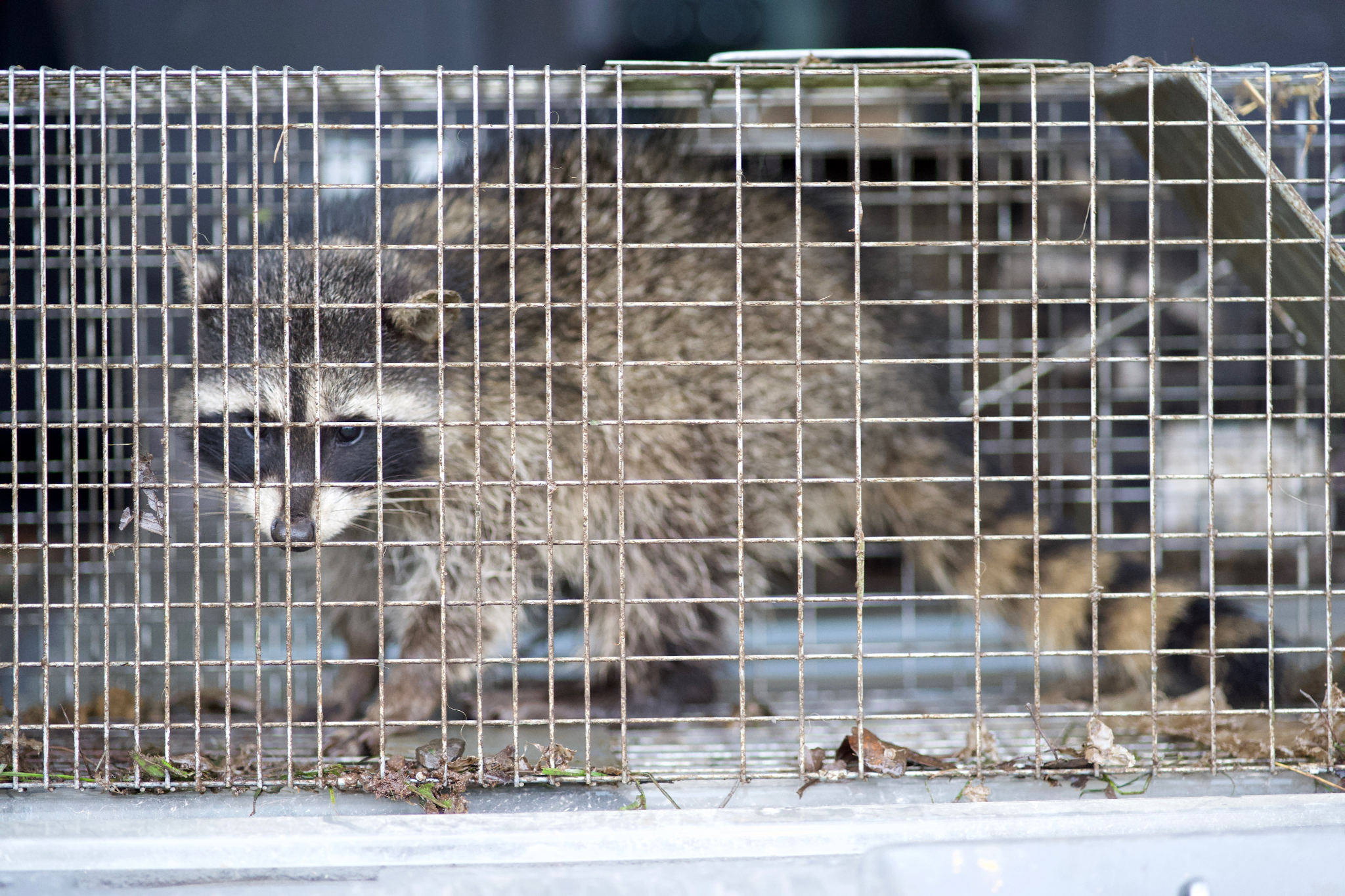
While DIY methods can be a great first line of defense, professional intervention becomes necessary in some situations. If raccoons continue to be a persistent problem or if you’re looking for a more long-term, comprehensive solution, don’t hesitate to reach out to Animal Capture Wildlife Control today. Look through our website and let our expert team provide you with safe raccoon removal and preventive measures tailored to your specific needs.
